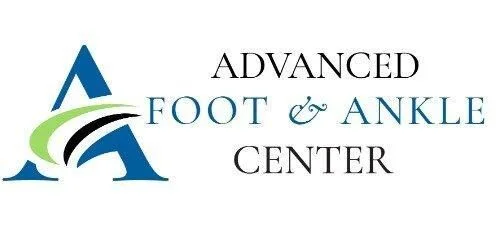Table of Contents
What Is an Ingrown Toenail?
When a toenail is ingrown, it is curved downward or flared out and grows into the skin, usually at the sides of the nail. This irritates the skin, which may create pain, redness, swelling, and warmth in the toe.
If an ingrown nail eventually cuts in the skin, bacteria may enter and cause an infection of the adjacent area, which is often marked by increased pain, redness, and swelling. Oftentimes there may be drainage and a bad odor.
Causes
Causes of ingrown toenails include:
- Heredity. In many people, the tendency for ingrown toenails is inherited.
- Trauma. Sometimes an ingrown toenail is the result of trauma, such as stubbing your toe, having an object fall on your toe or engaging in activities that involve repeated pressure on the toes, such as kicking or running.
- Improper trimming. The most common cause of ingrown toenails is cutting your nails too short. This encourages the skin next to the nail to fold over the nail.
- Improperly sized footwear. Ingrown toenails can result from wearing tight socks and shoes that are too small or too narrow.
- Nail conditions. Ingrown toenails can be caused by nail problems, such as fungal infection or previously losing a nail due to trauma and the new nail is unable to grow out properly.
Treatment
Home Care
If you do not have an infection or any of the above medical conditions, you can soak your foot in warm water and adding Epsom salt. You may gently massage the side of the nail fold to help reduce the inflammation.
The infamous “bathroom surgery” approach is not recommended- regardless of your health status. If your symptoms fail to improve, it’s time to see a podiatrist.
*Regarding Home Treatment*
- Do not cut a notch in the nail. Contrary to what some people believe, this does not reduce the tendency for the nail to curve downward. In some cases, this notch can become an entry point for fungi.
- Do not place cotton under the nail. Not only does this not relieve the pain, it provides a place for harmful bacteria to grow, resulting in infection.
- Over-the-counter medications are ineffective. Topical medications may mask the pain, but they do not correct the underlying problem.
Office-Based Care
After examining the toe, the doctor will select the treatment best suited for you. If an infection is present, an oral antibiotic may also be prescribed.
Sometimes a minor surgical procedure, often performed in the office, will ease the pain and remove the offending nail. After an injection with a local anesthetic, the doctor removes part of the nail’s side border. Some nails may become ingrown again, requiring surgical removal of the nail root.
Following the nail procedure, a simple bandage will be applied. Most people experience very little pain after the procedure and may resume normal activity the next day or two. If your doctor has prescribed an oral antibiotic, be sure to take all the medication, even if your symptoms have improved.
Prevention
Many cases of ingrown toenails may be prevented by:
- Proper trimming. Cut toenails in a fairly straight line, and try not to cut them too short. You should be able to get your fingernail under the sides and end of the nail.
- Proper-fitting shoes and socks. Do not wear shoes that are too small or too narrow in the toe area. In some cases, shoes that are too loose can cause pressure on the toes, especially when running or walking briskly. Also, when shoes are laced up properly, the toes jam the tip of the shoe- this usually worsened while walking or running downhill.



